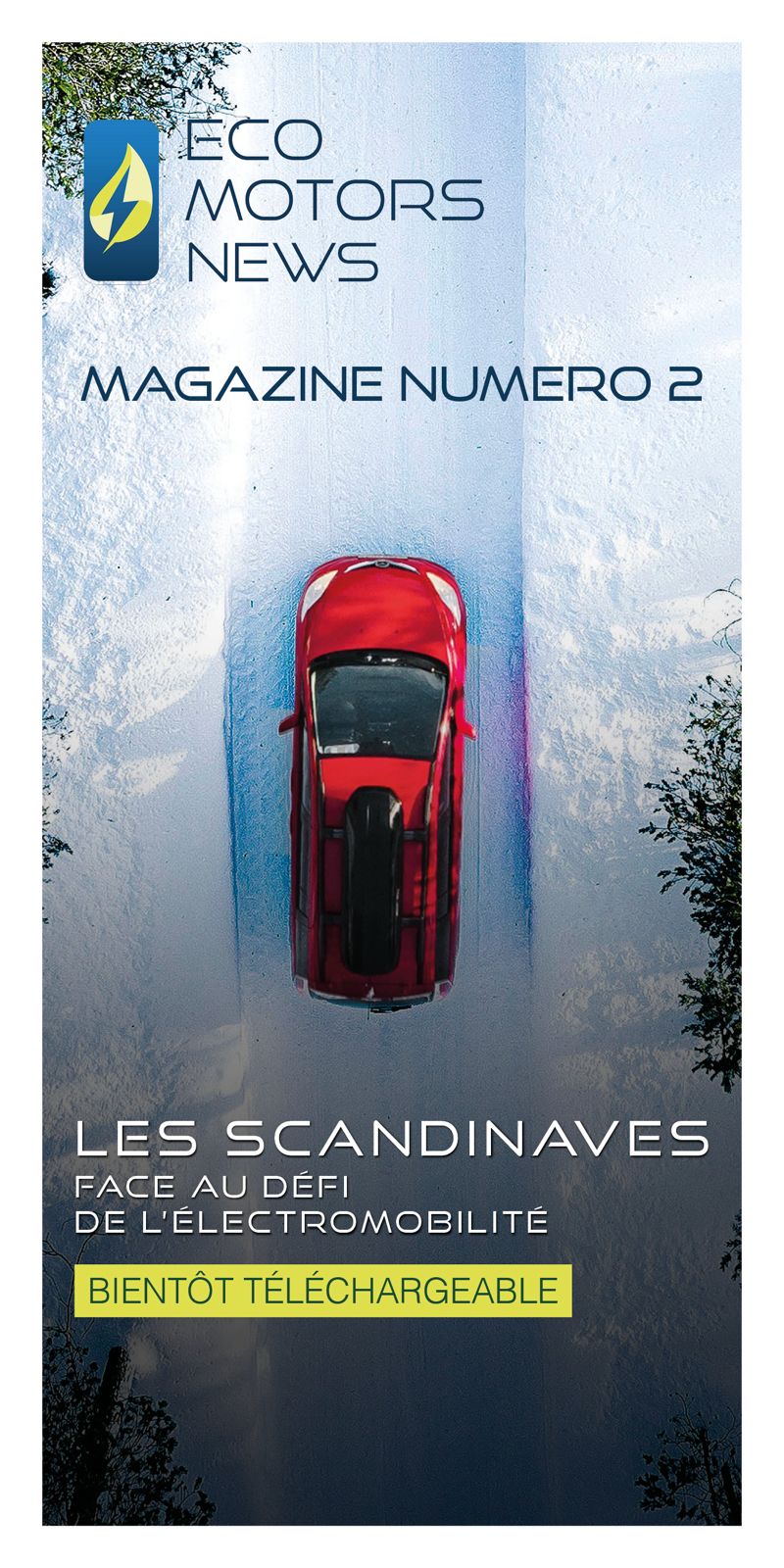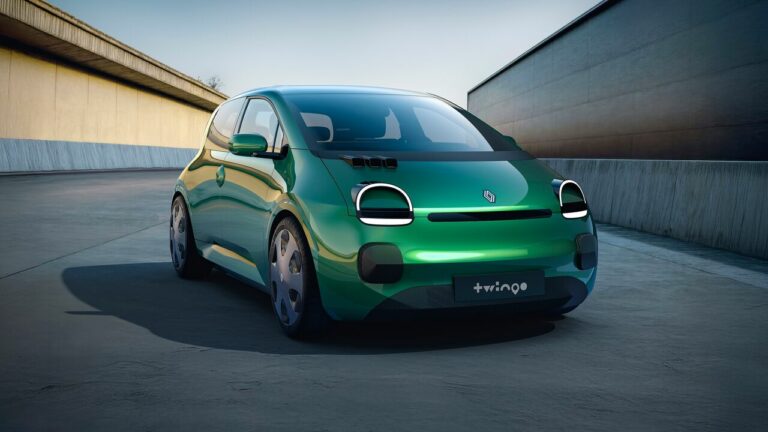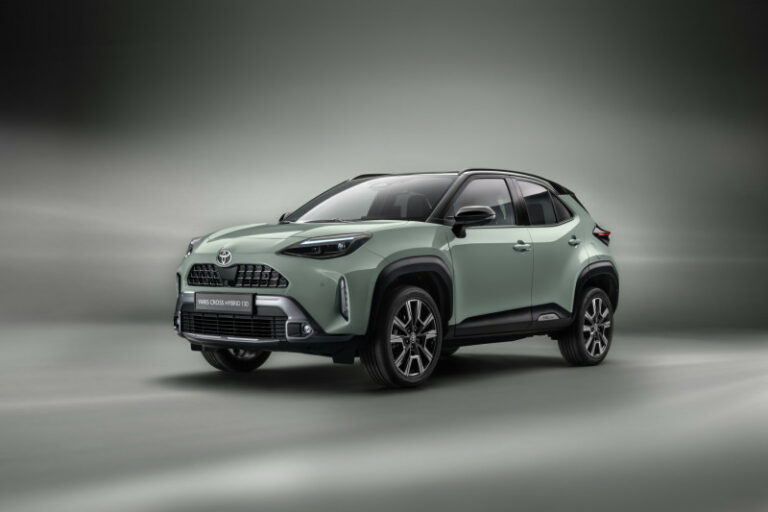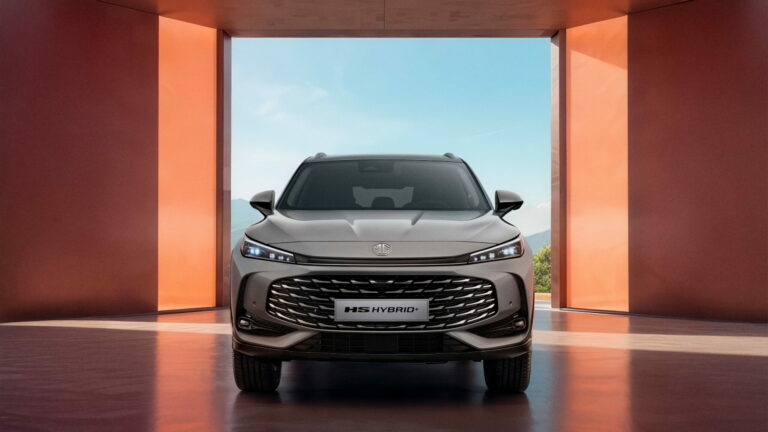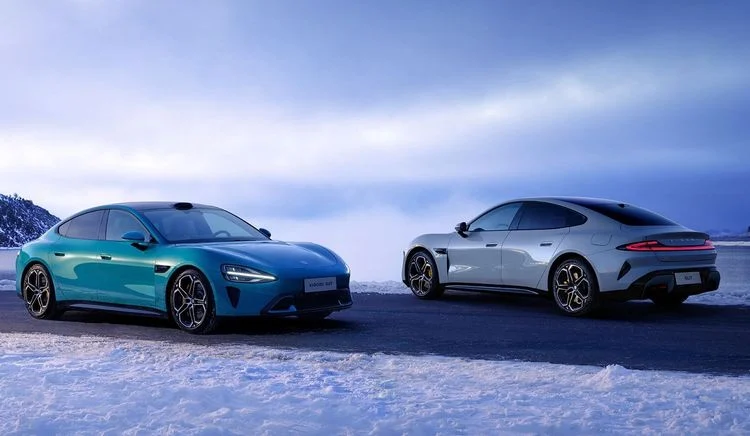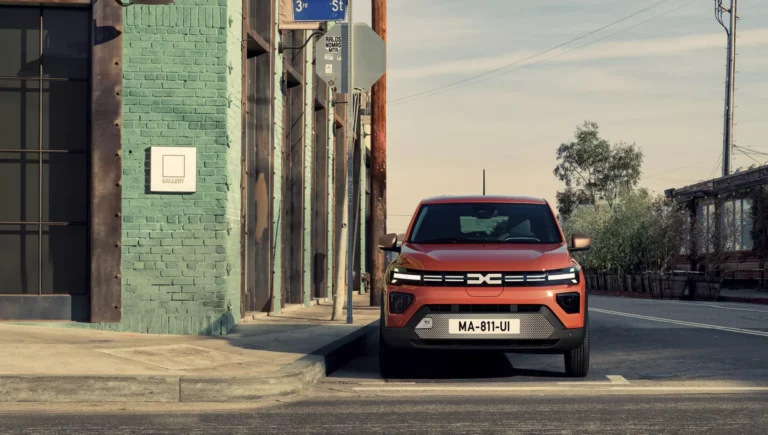Toyota is denouncing the « fake hybrids » sold by its competitors. According to the Japanese manufacturer, 48-volt systems do not deserve the name. Yet Toyota’s own Hilux pick-up, sold in Europe, proudly displays the « Hybrid 48V » badge. This casts doubt on the consistency of the brand’s claims.
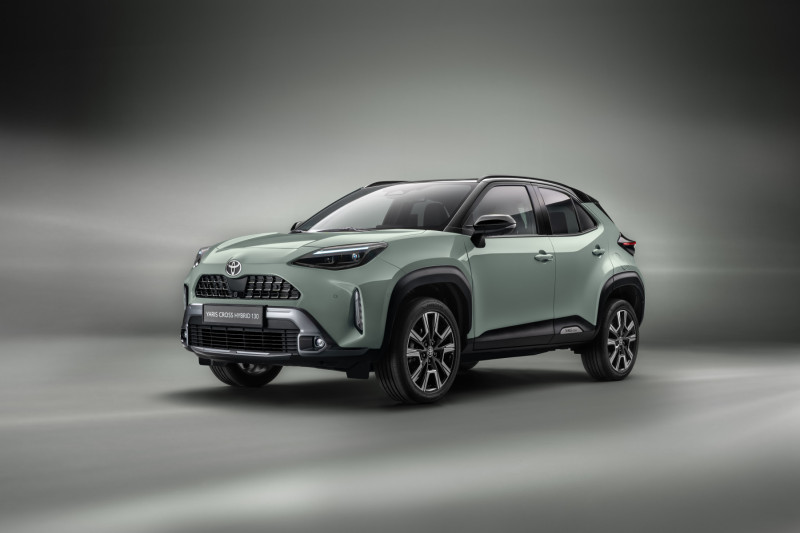
A semantic war in the automotive industry
For several years now, the technical terms surrounding electrification have been multiplying. Hybrid, rechargeable, mild-hybrid… all names that sometimes confuse the issue. For Toyota, a pioneer of ‘full hybrid’ since the late 1990s, this confusion has become unbearable. The Japanese group defends a strict definition: a hybrid vehicle must be able to drive, at least for a few metres, in 100% electric mode.
In Australia, Sean Hanley, Toyota’s Marketing and Sales Director, strongly criticised manufacturers who present 48-volt cars as hybrids. In his view, these systems offer only a slight assistance to the combustion engine. They slightly reduce fuel consumption, but do not provide real electric propulsion. « A 48V-assisted system does not represent a hybrid powertrain », he said, calling on manufacturers to be more transparent with their customers.
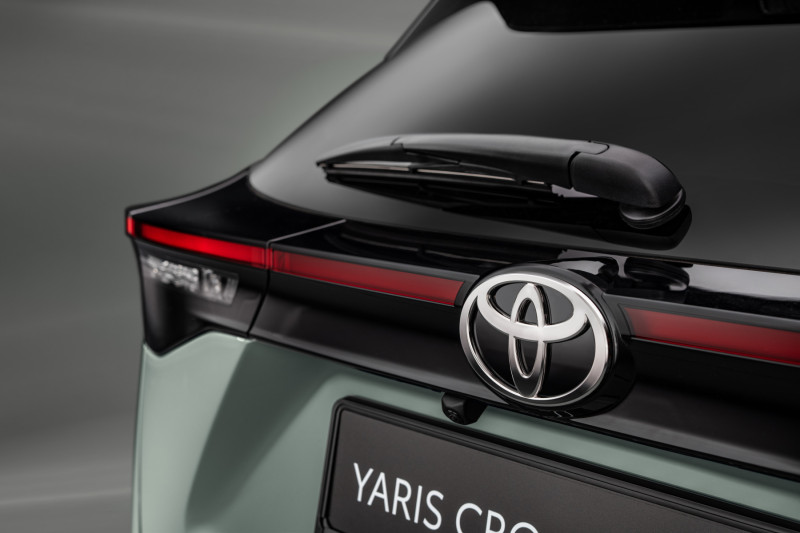
Finger-pointing at competitors
Toyota’s criticisms are aimed at several major players: Stellantis, Renault, Nissan and even some German manufacturers. Their ‘mild-hybrid’ models are often lumped together with full hybrids in the registration statistics. The result is total confusion for the public, who believe they are buying an electrified vehicle, when in fact they are buying a slightly assisted internal combustion engine.
Ironically, Toyota is not entirely consistent with its own principles. In Europe, its Hilux pick-up is now sold under the name « Hilux Hybrid 48V ». However, this is a mildly hybrid engine, i.e. a simple electric assistance system. In Australia, the same model is called ‘V Active’, precisely to avoid any ambiguity. This difference in approach in different markets casts a shadow over the manufacturer’s communications strategy.
A question of image and credibility
For over twenty years, Toyota has been banking on hybrids, a technology that has become central to its brand identity. The argument is clear: full hybrid offers real fuel savings, unlike 48V solutions. However, this defence of authenticity is coming up against the reality of the market. To remain competitive, the manufacturer must also offer simpler, less expensive versions, even if they do not correspond to its definition of hybrid.
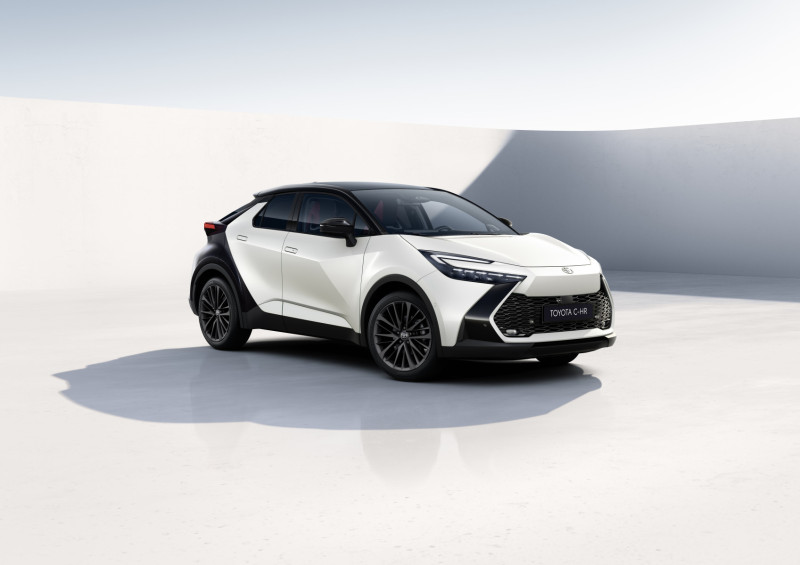
Europe, a place of compromise
On the old continent, regulations are forcing brands to reduce their CO₂ emissions. Light hybridisation is therefore becoming an essential means of artificially lowering average fuel consumption. In this context, Toyota is no exception to the marketing logic: adopting the term ‘hybrid’ is still more salesy than simply announcing a ’48 volt’. As a result, Toyota is playing both sides of the fence, at the risk of being accused of hypocrisy.
Behind this debate lies a battle over image. Customers do not always distinguish between the different types of hybridisation, and the brands are taking advantage of this. Toyota, which has long been ahead of the game, is seeing its technological advantage diluted by this inflation of similar terms. By denouncing this drift, the brand hopes to reassert its expertise, but its own behaviour complicates the demonstration.
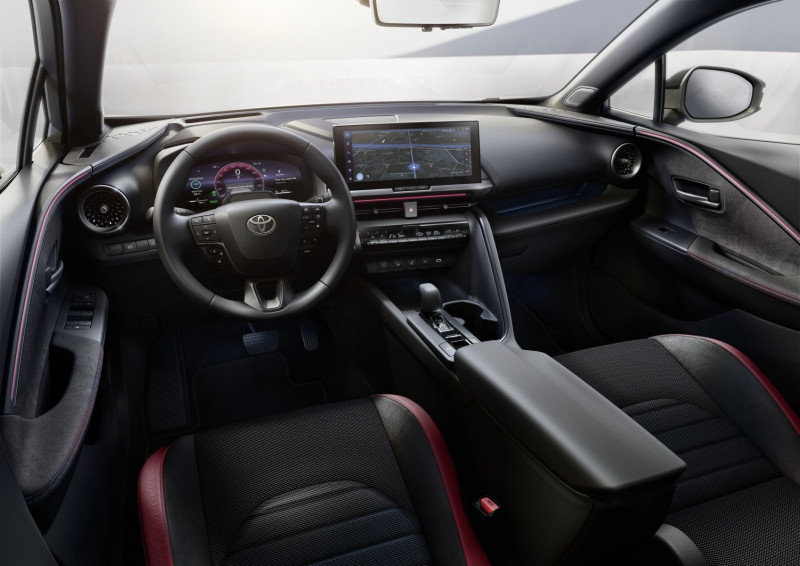
Towards a future that is still unclear
The automotive market is continuing to shift from hybrid to rechargeable to electric vehicles. Toyota, which remains cautious when it comes to all-electric vehicles, continues to defend its vision of gradual electrification, without any break with the past. However, to be convincing, the manufacturer will first have to clarify its position. By playing with words, there is a great risk that consumers will no longer know what they are really buying.

